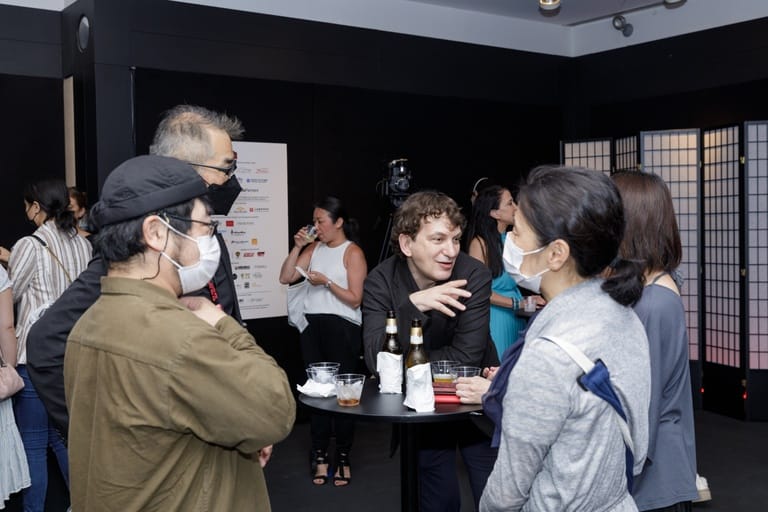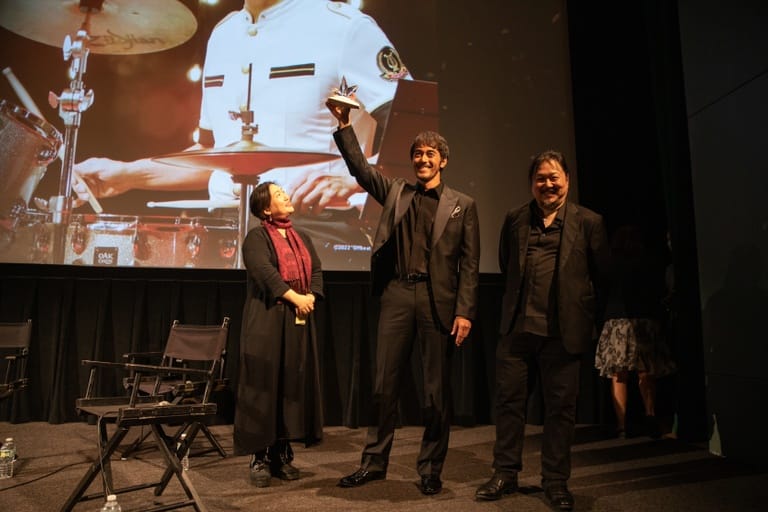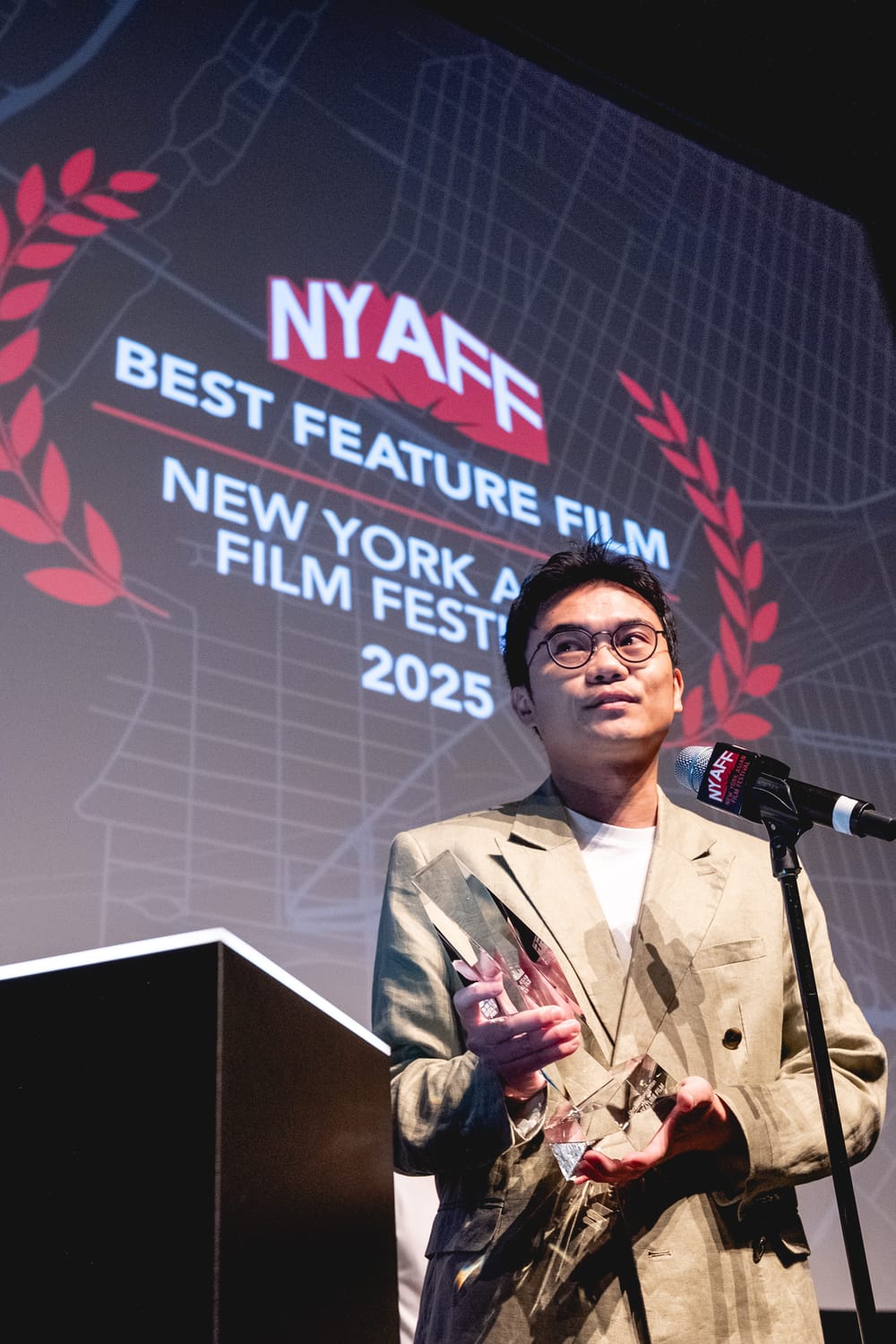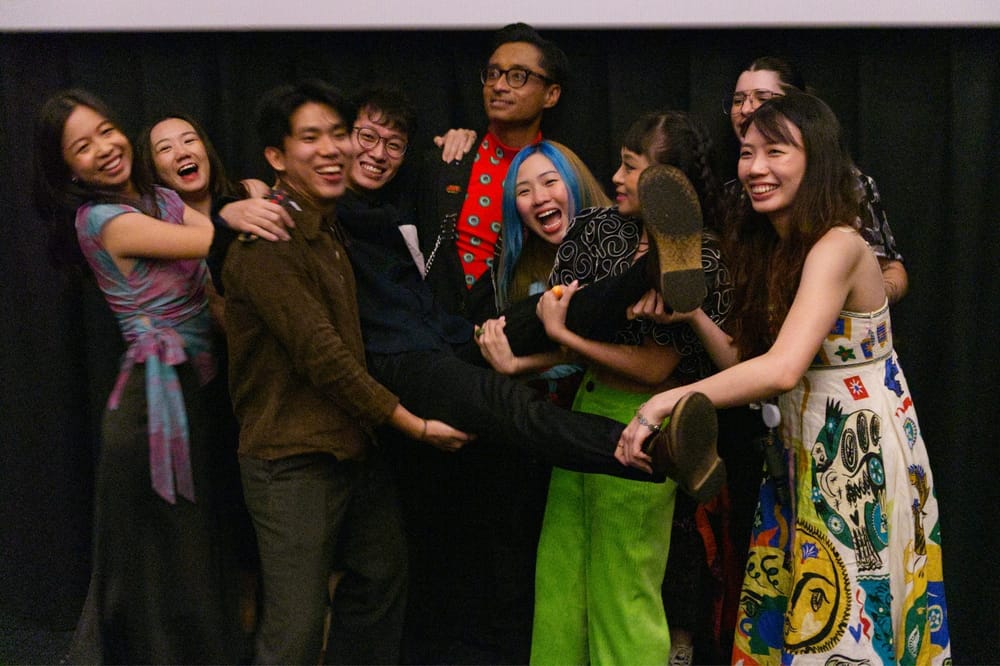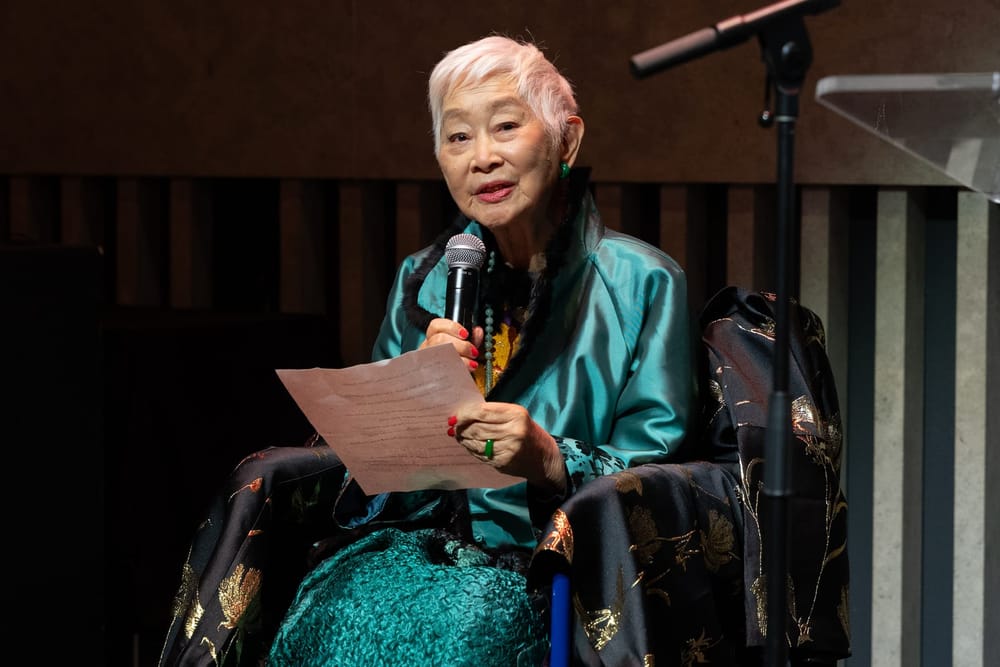Written by: Alexandra Bentzien
Through conversing with several directors on their filmmaking processes and narrative concerns, one theme seems to unite each individual vision showcased at this year’s NYAFF. Even as subject matters might exist worlds apart, whether focusing on a sports stacker setting records amidst the fracture of his personal relationships, or a retired hitman dusting off his old digs to save a young girl kidnapped into sex-trafficking, or a horrific curse in a small seaside town uncannily weaving together generations of twins; from period piece to psychological thriller and action to comedy, whether it’s accentuating the delicacy of romantic relationships or the profundity of familial ties, the concept revealing itself as the axis mundi around which all films revolve is: balance
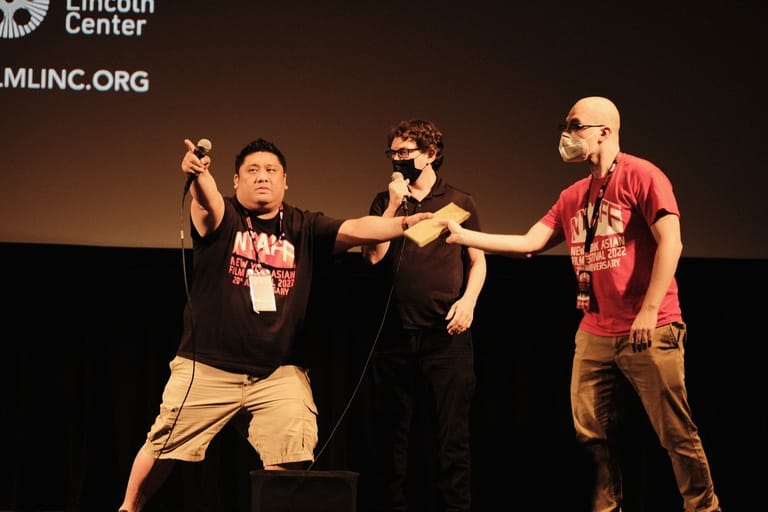
It’s a theme enduring across borders and translating through a slate of diverse films. Choi Jae-hoon’s “The Killer” illustrates one prime example of a tonal balancing act, in a story including a plethora of shoot-em-up action sequences, with actor Jang Hyuk in his eponymous role maintaining a stone-fox countenance through each successive killing spree. Between ricocheting bullets – or because of them – an unanticipated yet strong comedic energy generated bouts of laughter from a late-afternoon audience. However, peering below “The Killer’s” action-packed exterior provides a harrowing glimpse into an atrocious social issue within South Korea of young girls being kidnapped into sex-trafficking, a serious problem that extends transnationally. In his film, Director Choi also wanted to interweave this plotline with an exploration into the dynamics of a father-daughter bond; meanwhile, the emotionality of this specific aspect of family drama necessitated navigation amidst the comedic air within the original web series version of “The Killer”.
Lead actor Jang Hyuk recognized the significance in establishing correspondence among his character’s ordinary everyday and his exceptional double life as a hitman. “With the humor, we’re staying light, in a sense, but we also wanted to have a contrast between [Bang Ui-gang’s] regular life and his stone-cold killer life. We thought contrast would make the story more interesting,” Jang Hyuk said.
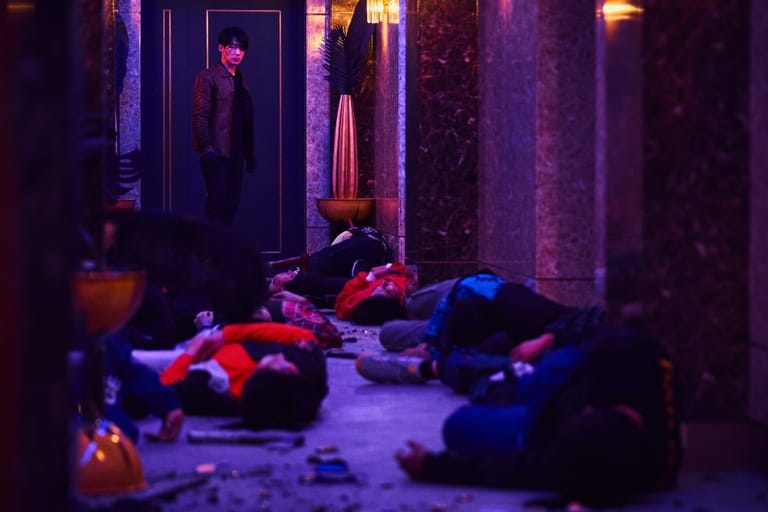
Choi, who also directed “The Swordsman,” sought to create synergy among a sense of urgency and intensity whilst appealing to a mainstream audience, through incorporating episodes of action with a sense of comic relief. The juxtaposition of distinct tonal elements was a challenging pursuit for directors Kwon Soo-kyung (“Stellar: A Magical Ride”) and Nawapol Thamrongrattanarit (Fast & Feel Love) as well. For all three directors, puzzling out placement for distinct dramatic elements became a riddle best solved in the editing room.
As a rookie to action and comedy, Thamrongrattanrit admitted the challenges in exiting the realm of a slow burn drama to embrace a new pace set by the demands of two distinct genres. Experimenting with cinematography on set provided the exciting possibilities to try new things, though the script eventually matured into a new story during post-production processes. Director Kwon summarized the pursuit of balance as an elegant choreography dependent upon developing a consistent rhythm and tempo.
—
Getting into the rhythm. Feeling the groove. Finding the flow. The message of balance remained prominent for the creative team behind the documentary, “Finding Bliss: Fire and Ice,”_ _in which singer and actress Josie Ho traveled with her band from Hong Kong to a workshop in Iceland, where, miles away from the constraints of a materialistic and frenetic metropolis, they learned the benefits of failure, of letting go, and embracing stupidity.
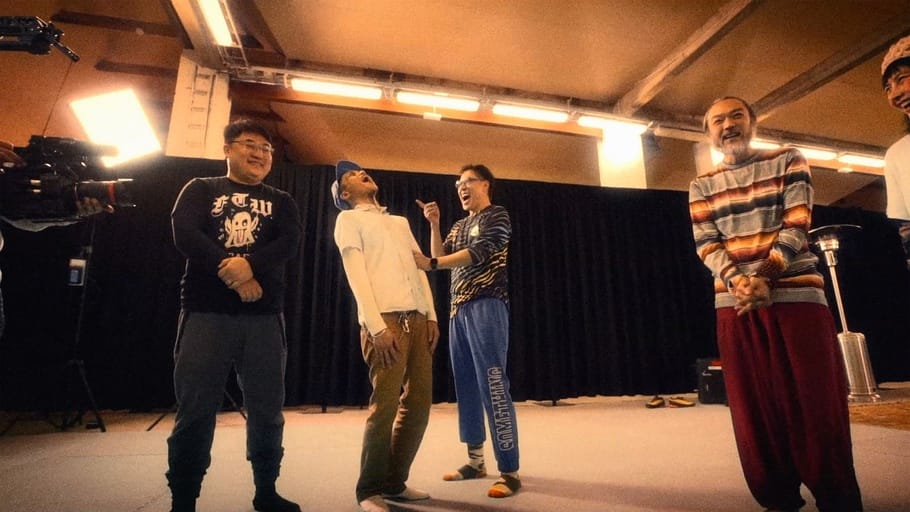
Director Kim Chan and producer Conroy Chan not only sought to harmonize the differences between the two environments, but sought also to convey a convergence of myriad perspectives through establishing intergenerational dialogue. Through incorporating the story of Yvonne, a young adult recently graduated from college; alongside the perspective of the middle-aged Jimmy, concerned with Hong Kong’s housing problem; and the older figures of Sik Gor and LMF’s MC Yan, who have experienced Hong Kong through several decades of cultural, social, and political change, “Finding Bliss” director Kim Chan wanted to present a picture of backgrounds coexisting and interacting through, despite, and because of changing circumstances.
“It’s a yin and yang thing,” Kim Chan said. “What pulls people apart also brings them together. It’s quite a unique balance, but it’s our extremes that pull us back together and balance out. I believe this is our world at the moment. I think that’s what we’re trying to present.”
Producer Conroy Chan described this exchange as a cycle, a continuous process, noting the relevance behind the “yin and yang” idea and expanding its application from generational understanding into cultural understanding between values of East and West. Hong Kong has long been touted as a meeting ground between these two cultural traditions, though Conroy Chan doesn’t view them as extremes, or even as opposites. “That’s the beauty of Eastern Culture and Western culture: it’s the same thing, but they have different qualities that work together and that match each other,” Conroy Chan said.
—
Though a film may present opposing values, or genres, or characters, “distinction” does not entail “separation;” in fact, that which creates a strong program and a memorable story is a unique flexibility allowing two (or more!) individual elements to work in tandem. This year’s NYAFF encapsulates that sense of balance in a setting integrating numerous languages, generations, and cultural perspectives, and in the process, creating an inspiring atmosphere for connection and exchange – across differences, and through shared experiences.
Achieving balance at the festival is not always a simple task, especially with the pressures of juggling dozens of screenings, events, and special guests, sometimes in two locations, all within a short time frame. Executing the demands of a festival gracefully and efficiently requires a certain poise, removed from external commotion and found within the self. As an advocate of mindfulness, Conroy Chan recognizes that entering a flow state isn’t constant.
“Flow doesn’t mean that it’s all awesome, smooth-sailing. You’re still in the trenches, you’re embracing the chaos game, but somehow your innate self comes into play. This makes the flow: it feels a lot smoother, you know what to do at the right time,” Conroy Chan said.
This is precisely what makes the art of the balancing act such a significant pursuit, and such a gratifying reward: at the end of the day, it’s working together that inspires further cultural and artistic exchange, spurring its continuation as well as its evolution.
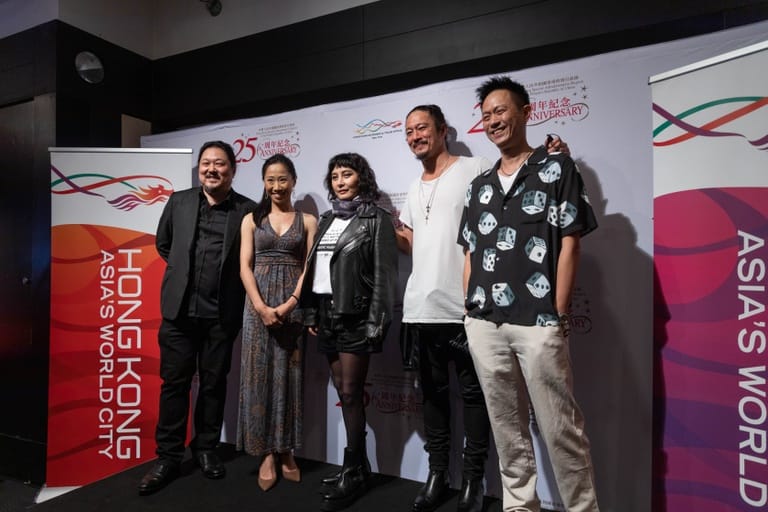
The New York Asian Film Festival is a place where a first-time volunteer works alongside a programmer with decades of experience in the film industry, a place where coordinating a masterclass discussion with a seasoned director is a task equally as important to developing a celebratory atmosphere at an evening reception. The work-hard, play-hard ethos driving the staff behind a 16-day event finds its equilibrium by emphasizing the conjunction within the “fast and feel love” mantra of opening night:
And, not but, not either, not or. That’s where bliss can be found, within a confluence of varying perspectives and ideas. At NYAFF, it happens in the ticket line, in the lobby, in the audience, when the staff cleans up at the end of the day and makes sure everyone has had enough to eat before getting home safe.
Balance, for directors, for actors, for volunteers, for staff: it’s the essence that allows each film to be made, and to be enjoyed, year after year.
